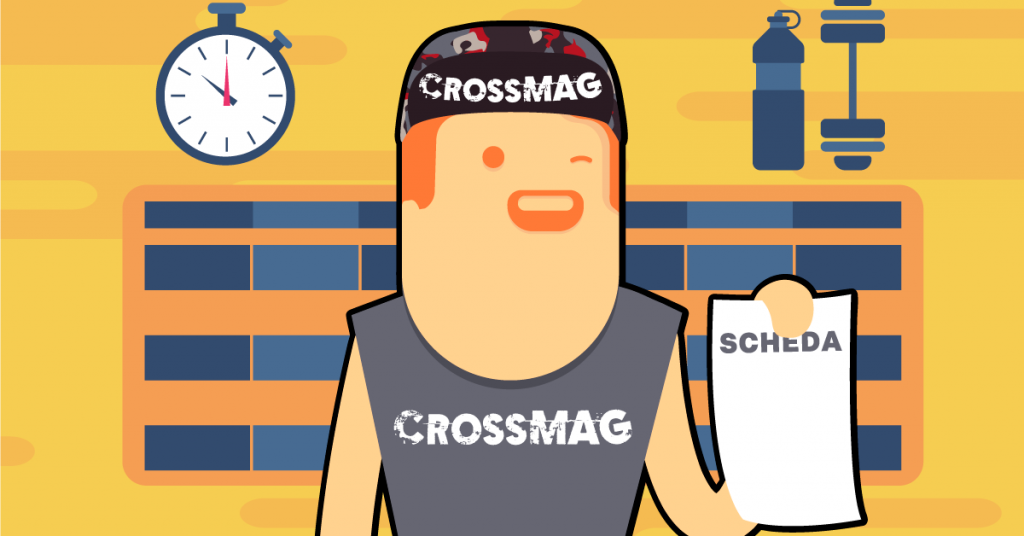When we decide to enroll in the gym, the motivation is sky-high, we are full of good intentions, but after only a few weeks, in most cases, these fail and we begin to leave the weight room returning to bad habits.
Having a good trainer behind us is essential to not lose motivation and above all to explain to us which exercises to do, how to perform them, in what order, the timing of recovery and other valuable advice.
All this information is contained in the training card.
The first time we receive this card or that (for the more experienced) we decide to create it ourselves, the first thought is to follow it to the best, but how is this card set and what do you expect? What are the most important aspects to consider?
Let's see together 6 tips for muscle growth:
Index
THE TRAINING CARDS IN THE GYMNASIUM
1. Physical and metabolism
First of all, you need to understand what the target of the person you are preparing the card is. Are you overweight? The purpose will be to lose fat mass and start creating a muscular base; it will be necessary to insert more cardio sessions, always and in any case combined with multi-joint exercises.
Is he underweight? Here the goal will be different and you will have to build quality muscle mass. Let's not forget how important one is Proper nutrition, which in both cases will inevitably influence the results. The analysis of the starting situation of the subject is fundamental to build a valid and performing card! Everyone has one physical and metabolic predisposition unique, so we must rely on someone who understands it and knows how to give us the right advice.
2. Points lacking
1 ° workout - buttocks, hamstrings and quadriceps,
2 ° training - shoulders,
3 ° training - back,
4 ° training - biceps and triceps;
If our weak point is lacking shoulders or thin legs, we will be able to insert in our card more reminders of these muscular districts far from the target day in which we train them.
3. Multi-articulative, complementary exercises and accessories
Each session must include basic exercises or multiarticolatori, complementary exercises and accessory exercises. The first involve more muscles and joints and are examples of flat bench, traction, slow forward, squatting e deadlifts; the latter involve a muscle individually and are of interest only one articulation (crosses to the cables, pull to the chin, concentrated curl, leg curl and leg extension).
Exercises accessoriesfinally, they are finishing exercises in which we try to reach muscle failure in order to finish the training session.
4. Timing and weekly subdivision
Before establishing exercises and repetitions, it is necessary to understand how many times and for how long you can train yourself; you need a weekly plan! It is advisable not to do less than 2-3 workouts per week of the duration of about an hour and a half each, and keep at least 2 weekly rest days.
5. Number of series and repetitions
Once the days for training are established and what kind of exercises to do for the various muscle areas, you need to decide how many repetitions to do for each exercise. We must remember that for every muscle we need exercises of force (minor repetitions of 6), lactic acid exercises (repetitions between 6 and 12) and pump exercises o of concentration (repetitions between 8 and 20).
Each muscle requires a low repetition and high load exercise to recall the highest possible number of fibers, one or two to medium repetitions to further attach it, and a final single piece to exhaust it completely and seek a good level of pumping.
6. Card duration
A training card can last from 3 to 8 weeks, depending on how much we like it and how many results it gives us; change does not mean upsetting!
If a card is light, just increase the volume a little; small changes are enough such as going from a 3 × 8 to a 4 × 6 or vice versa, reversing two exercises with repetitions and series, and choosing some new exercises for each muscle district.
And do you have someone to help you plan your weekly workouts or do your cards yourself? Let us know!

